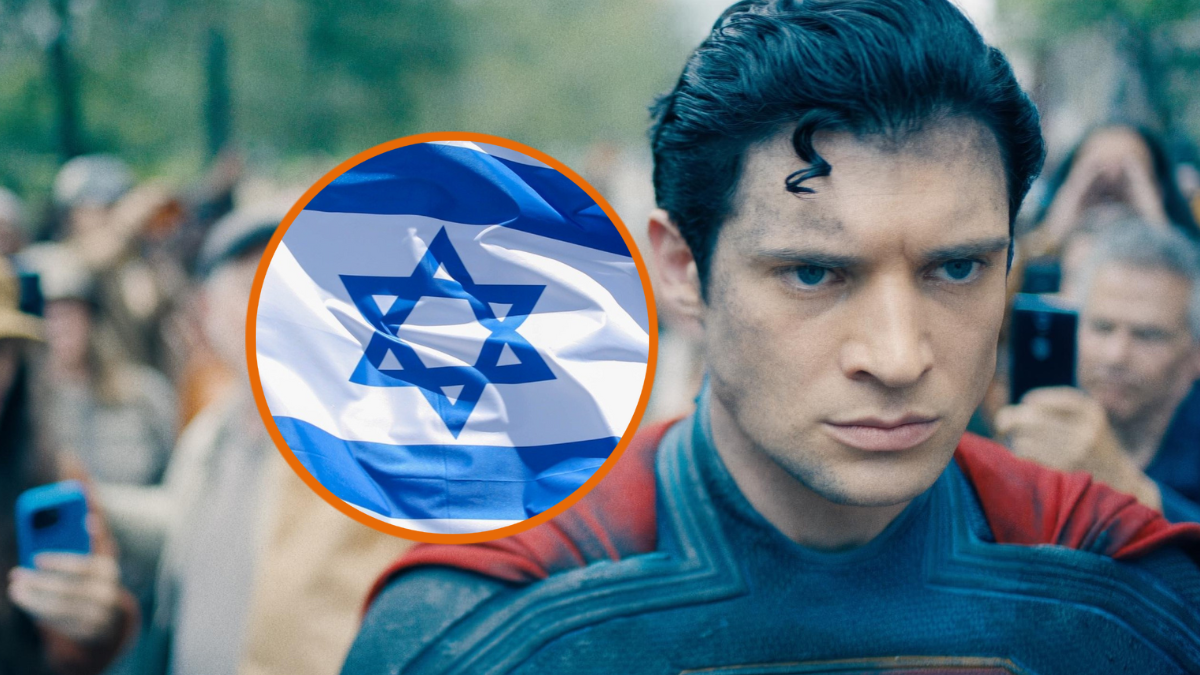
The Broken Tower was one of my most anticipated films of 2012 for a few reasons. Firstly, I am a big fan of producer, writer, director and star James Franco. On top of that, I am big fan of the subject of this film, the poet Hart Crane. Having loved Crane’s work, I had also read Paul Mariani’s biography of Crane, The Broken Tower, which this film is based off. So to say my expectation were high for this film is a severe understatement.
Let me start off by saying that Franco does an amazing job both in front and behind the camera. His unique direction is so fitting to this film and Crane’s life that upon seeing it, I could not possibly imagine having seen the film done in a more traditional way. Franco has crafted a visionary style that mirrors elements of directors like Gus Van Sant, Lars von Trier and even Terrence Malick.
His ability to humanize this, at times frightening being, is second to none. The editing style of the film is very nontraditional, but it worked perfectly with the story of Crane’s life. The use of repetitive, stop-and-start like cuts mirrored Crane’s life, which often found the artist losing his place in the world, just as he felt he had found it.
To sum up a person’s life in less than two hours is almost impossible but Franco wisely chose to open each section of the film in chapters, not unlike what Lars von Trier has done with several of his films.
Franco’s skill as a director continues to shine through on the visual side as well. The beautiful use of black and white complemented the film perfectly and helped to create astonishing mis en scene throughout the entirety of the film. Christina Voros, the film’s cinematographer, did a superb job too, really bringing out the beauty of the black and white. Coupled with the art direction, costume design and sets of the film, it all made for a fantastic recreation of this wonderful artistic era.

The film also takes an interesting look a dialogue. At times in Crane’s life he, like most artists, went through periods where he struggled to create. There are long sequences in the film without dialogue, however it is interestingly juxtaposed with large bouts of dialogue, with one particular scene depicting Crane giving a reading of one of his poems.
The scene simply features cut shots of Franco as Crane reciting one of his greatest poems, For the Marriage of Faustus and Helen, for 10 minutes straight. Whether this was intentionally symbolic of Crane’s life and the periods in his life in which he struggled to create his wondrous art is open for interpretation, but either way I found it incredibly fitting.
Throughout the film we also get to hear Crane’s work beautifully narrated by Franco, which provides the viewer with insight and some explanation to Crane’s deep and difficult poetry.
When it comes to the acting in the film, though there is no uncanny physical resemblance between Franco and Crane, Franco’s total embodiment of the character is vast. For those who know about Crane and his life, obscurity is often a word commonly used in his description, and both James and his brother Dave, who plays a younger version of Crane, humanize and encapsulate this obscurity.
Also fantastic in the film is Michael Shannon, who plays Emil, one of Crane’s lovers and someone who impacted many aspects of the poet’s work.
Shannon is known for being an intense actor, however in The Broken Tower, though Crane and Emil’s relationship is often intense, we find Shannon playing a more delicate and loving character and it works perfectly. The film features some very emotionally raw and passionate scenes between the two and both actors perfectly depict the bond shared by Hart and Emil.
For me, this film was everything I could have hoped for and more. Franco did an excellent job at allowing the viewer to experience that wonder of Crane and his magnificent craft. The film simply oozed eloquence and beauty and I have never been more pleased to write about a movie. The Broken Tower is a wonderful labour of passion and love for this incredible artist and his broken life and it could not have been a more perfect way to encapsulate the incredibly obscure and fantastic artist that is Hart Crane.










Published: Feb 28, 2012 10:15 pm